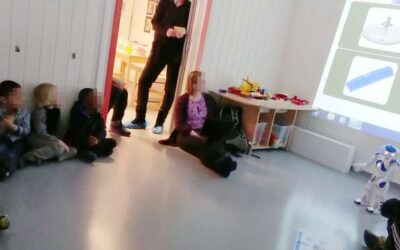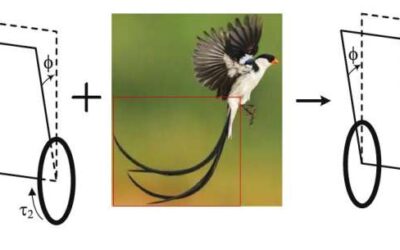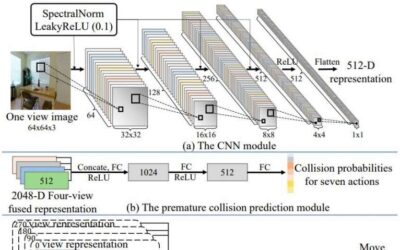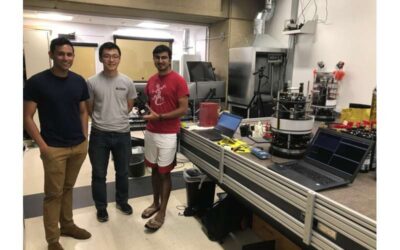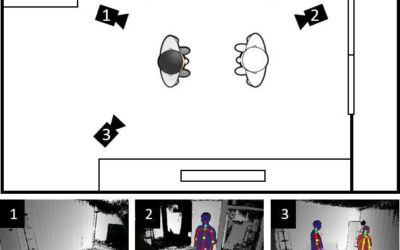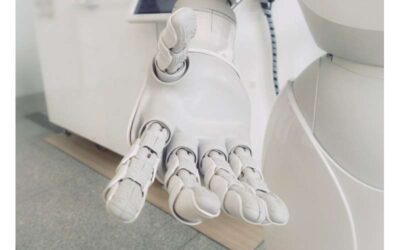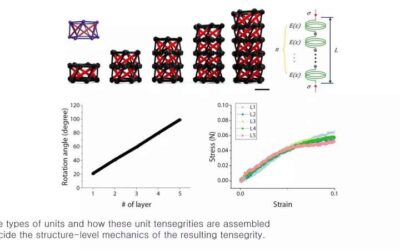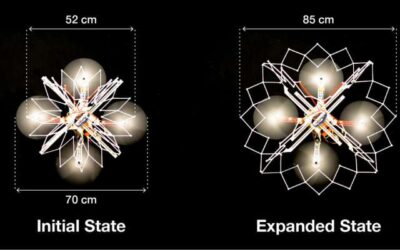As robots share many characteristics with toys, they could prove to be a valuable tool for teaching children in engaging and innovative ways. In recent years, some roboticists and computer scientists have thus been investigating how robotics systems could be...
Robotics
A self-balancing robot with a tail-like component
Nature is one of the greatest sources of inspiration for engineers and computer scientists developing new technological tools. Over the past decade or so, roboticists have developed countless robots inspired by the behavior and biological mechanisms of snakes, fish,...
A system to improve a robot’s indoor navigation
Over the past decade or so, roboticists developed increasingly sophisticated robotic systems that could help humans to complete a variety of tasks, both at home and in other environments. In order to assist users, however, these systems should be able to efficiently...
A gecko-adhesive gripper for the Astrobee free-flying robot
Robots that can fly autonomously in space, also known as free-flying robots, could soon assist humans in a variety of settings. However, most existing free-flying robots are limited in their ability to grasp and manipulate objects in their surroundings, which may...
A virtual reality game that integrates tactile experiences using biometric feedback
Over the past few decades, technological advances have enabled the development of increasingly sophisticated, immersive and realistic video games. One of the most noteworthy among these advances is virtual reality (VR), which allows users to experience games or other...
AIR-Act2Act: A dataset for training social robots to interact with the elderly
To interact with humans and assist them in their day-to-day life, robots should have both verbal and non-verbal communication capabilities. In other words, they should be able to understand both what a user is saying and what their behavior indicates, adapting their...
Do explanations for data-based predictions actually increase users’ trust in AI?
In recent years, many artificial intelligence (AI) and robotics researchers have been trying to develop systems that can provide explanations for their actions or predictions. The idea behind their work is that as AI systems become more widespread, explaining why they...
A 3D-printed tensegrity structure for soft robotics applications
Tensegrity is a design principle that has often been applied by artists, architects and engineers to build a wide range of structures, including sculptures, frames and buildings. This principle essentially describes the dynamics that occur when a structure maintains...
A three-agent robotic system for Mars exploration
Mars, also known as the red planet, has been the focus of numerous research studies, as some of its characteristics have sparked discussions about its possible inhabitability. The National Aeronautics and Space Administration (NASA) and a few other space agencies have...
PufferBot: A flying robot with an expandable body
Researchers at University of Colorado Boulder's ATLAS Institute and University of Calgary have recently developed an actuated, expandable structure that can be used to fabricate shape-changing aerial robots. In a paper set to be presented at the 2020 IEEE/RSJ...

